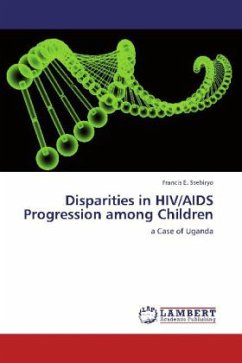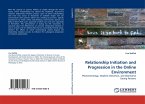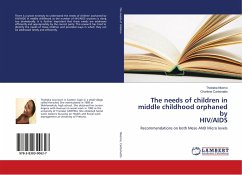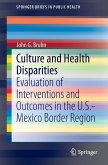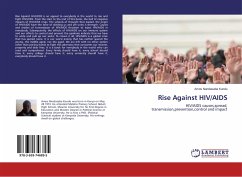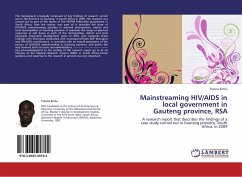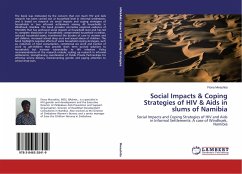In the Sub Saharan Africa and on global scope, Uganda has an outstanding account of HIV/AIDS infection. HIV/AIDS is a chronic infection which requires huge resources in its management, besides knowledge on the rate of HIV infection transition from one stage to another is scanty. This paper sheds light on the estimates of HIV infection progression within resource limited settings and its co-factors among children. The paper is framed in lifecourse theoretical perspective to appraise the chronological effect of demographic and socioeconomic factors on the lifecourse of HIV-AIDS. Using Kaplan Meier and Cox proportional hazard model as methods of analysis, the paper indicates that, the duration of exposure to HIV infection contributed in each stage decreases with progressive amplification in the infection, increasingly short expectation of life once a child progresses from asymptomatic stage. Thus, to optimize survival time on HIV infection lifecourse, HIV/AIDS care and treatment should strive to maintain HIV infection within asymptomatic levels yet initiating treatment on the earliest time possible.
Bitte wählen Sie Ihr Anliegen aus.
Rechnungen
Retourenschein anfordern
Bestellstatus
Storno

